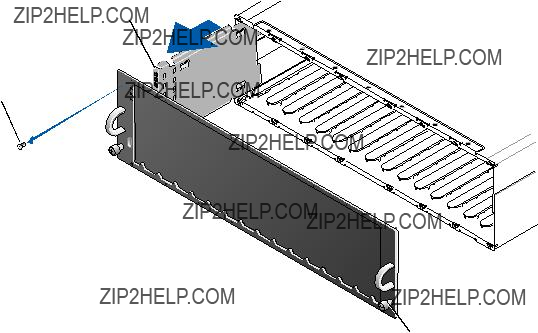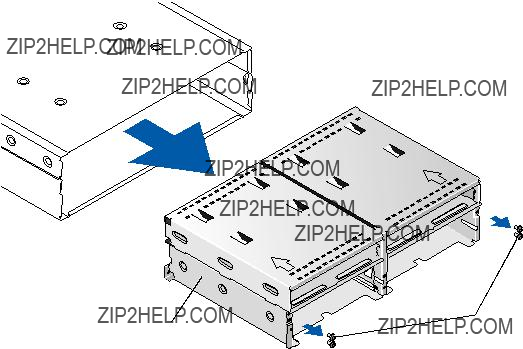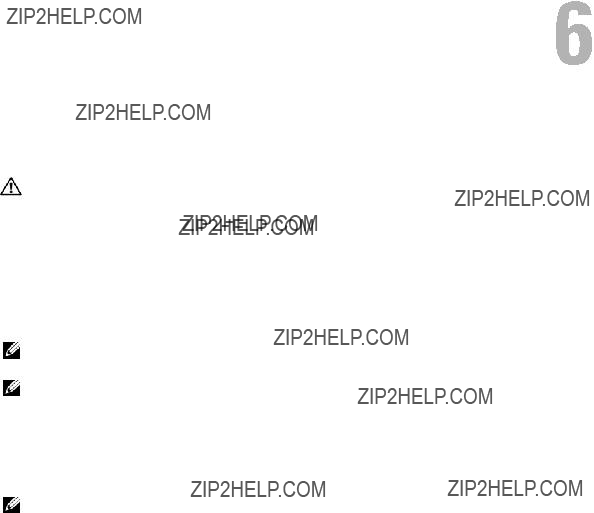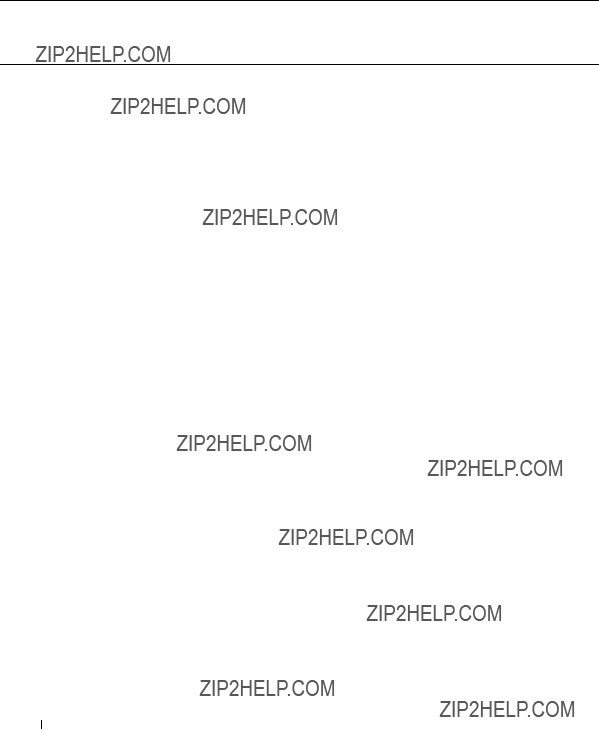RAID Level Usage
To ensure best performance, you should select an optimal RAID level when you create a system physical disk. The optimal RAID level for your disk array depends on a number of factors, including:
???Number of physical disks in the disk array
???Capacity of the physical disks in the disk array
???Need for redundant access to the data (fault tolerance)
???Disk performance requirements
RAID 0 is best used for video editing, image editing, prepress applications, or any application requiring high bandwidth.
RAID 1 offers fast performance and the best data availability, but also the highest disk overhead. It is best used for accounting, payroll, or financial applications.
RAID 5 is best used for file, application, database, web, e-mail, news, and intranet servers.
RAID 10 works well for medium-sized databases or any environment that requires high performance and fault tolerance and moderate-to-medium capacity.
Segment Size
Disk striping enables data to be written across multiple physical disks. Disk striping enhances performance because striped disks are accessed simultaneously.
The segment size or stripe element size specifies the size of data in a stripe written to a single disk. The MD3000 supports stripe element sizes of 8, 16, 32, 64, 128, 256, and 512 KB. The default stripe element size is 128 KB.
Stripe width, or depth, refers to the number of disks involved in an array where striping is implemented. For example, a four-disk disk group with disk striping has a stripe width of four.
NOTE: Although disk striping delivers excellent performance, striping alone does not provide data redundancy.
Hot Spares and Rebuild
A valuable strategy to protect data is to assign available physical disks in the storage array as hot spares. A hot spare adds another level of fault tolerance to the storage array.
A hot spare is an idle, powered-on, stand-by physical disk ready for immediate use in case of disk failure. If a hot spare is defined in an enclosure in which a redundant virtual disk experiences a physical disk failure, a rebuild of the degraded virtual disk is automatically initiated by the RAID controller modules. If no hot spares are defined, the rebuild process will be initiated by the RAID controller modules when a replacement physical disk is inserted into the storage array.

 CAUTION: A CAUTION indicates a potential for property damage, personal injury, or death.
CAUTION: A CAUTION indicates a potential for property damage, personal injury, or death.
























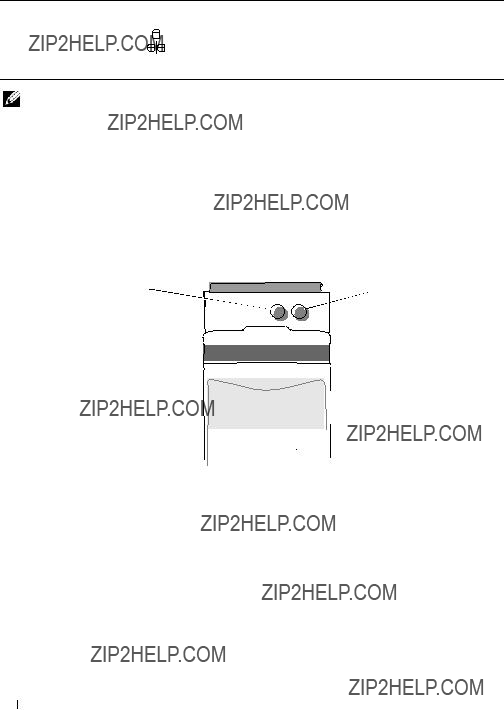


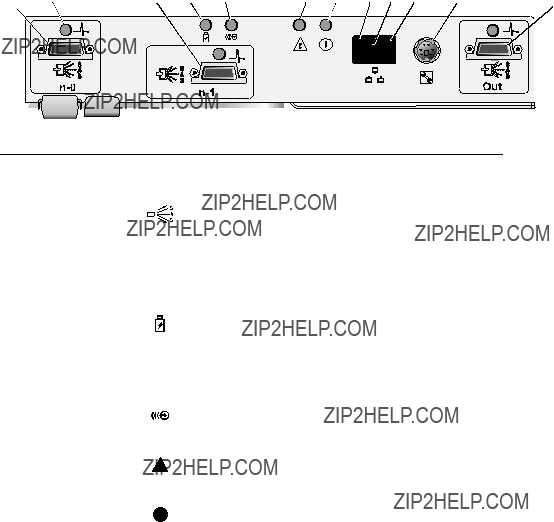
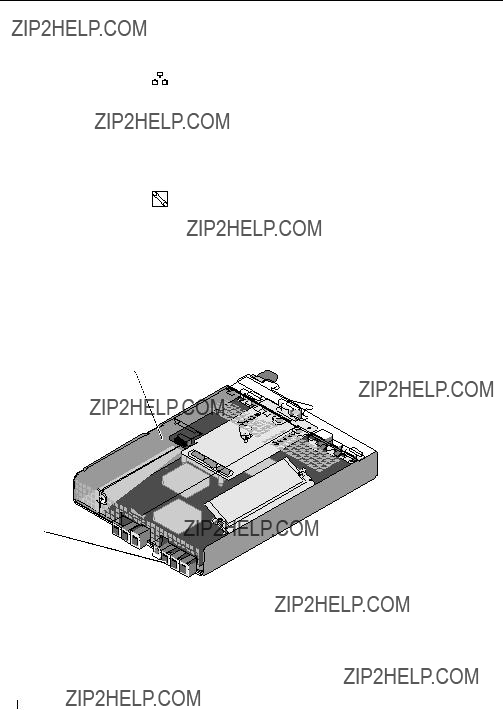



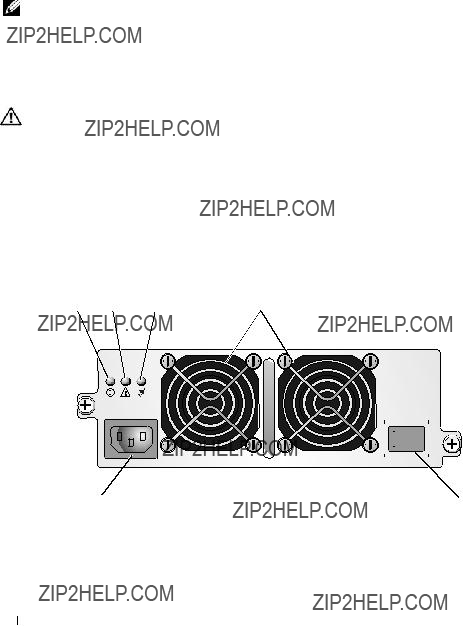






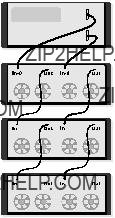
























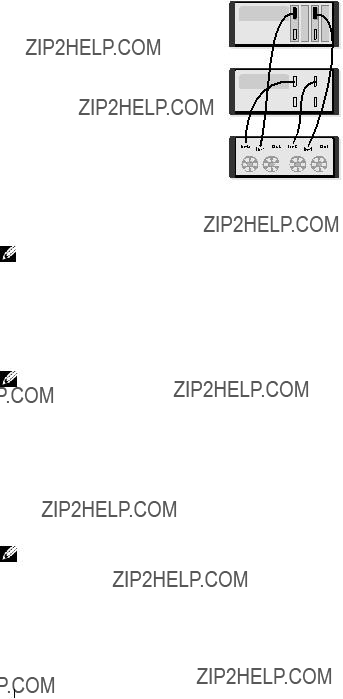







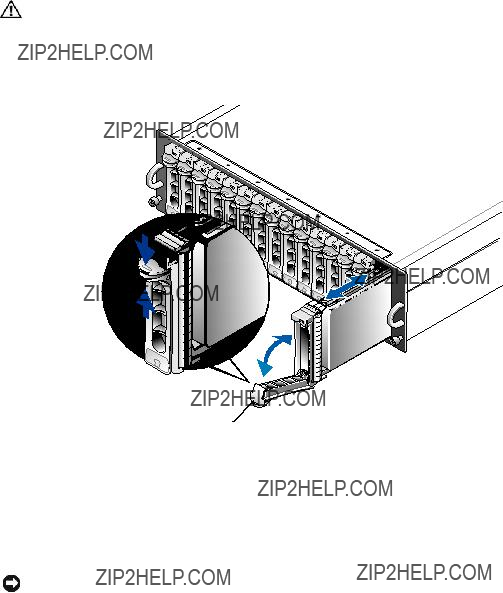






 3
3






 4
4
